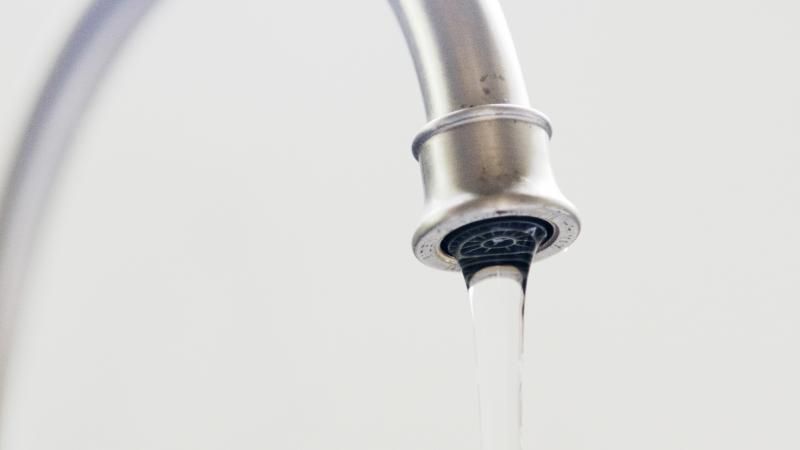Lead, arsenic, and 14 other toxic metals found in tampons, study finds
Tampons could be a potential source of metal exposure to users, a possible public health concern.
A recently released study finds over a dozen toxic chemicals in tampons, which puts users at potential risk for harmful metal exposure.
The study by University of California, Berkley researchers was published July 3 and found 16 such chemicals including arsenic, cadmium and lead.
Potentially millions of women each month use tampons from several brands, according to a summary of the study, which found 52–86% of people who menstruate in the U.S. use cotton or rayon tampons.
“Our findings point towards the need for regulations requiring the testing of metals in tampons by manufacturers,” the researchers said in the conclusion of their nine-page study.
File
“Tampons are of particular concern as a potential source of exposure to chemicals, including metals, because the skin of the vagina has a higher potential for chemical absorption than skin elsewhere on the body,” the team of nine researchers also said.
They also concluded the metals found could increase the risk of cancer, dementia, infertility and other issues.
“Although toxic metals are ubiquitous and we are exposed to low levels at any given time, our study clearly shows that metals are also present in menstrual products and that women might be at higher risk for exposure using these products,” said study co-author Kathrin Schilling.
The study analyzed organic and non-organic tampons, used to absorb menstrual blood in the vagina, from the United State and United Kingdom.
The researchers also said that there is no requirement to test tampons for chemical contaminants and that the Food and Drug Administration recommends only that tampons not contain two dioxin compounds or pesticide residues.
"Despite this large potential for public health concern, very little research has been done to measure chemicals in tampons,” said UC Berkeley researcher and lead author Jenni A. Shearston.
The FDA responded Tuesday to the study, saying it is under agency review.
"All studies have limitations," said agency spokeswoman Amanda Hils. "While the chemical method used indicates these metals are present in the tampons tested in the laboratory, the study does not assess whether any metals are released from tampons when used in the body.
"It also does not address whether any metal, if released, can be absorbed into the vaginal lining or, subsequently into the bloodstream. We plan to evaluate the study closely, and take any action warranted to safeguard the health of consumers who use these products."















